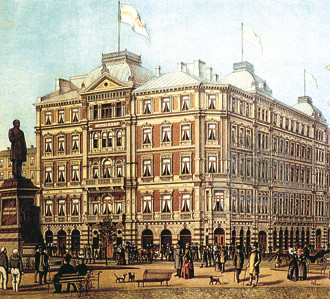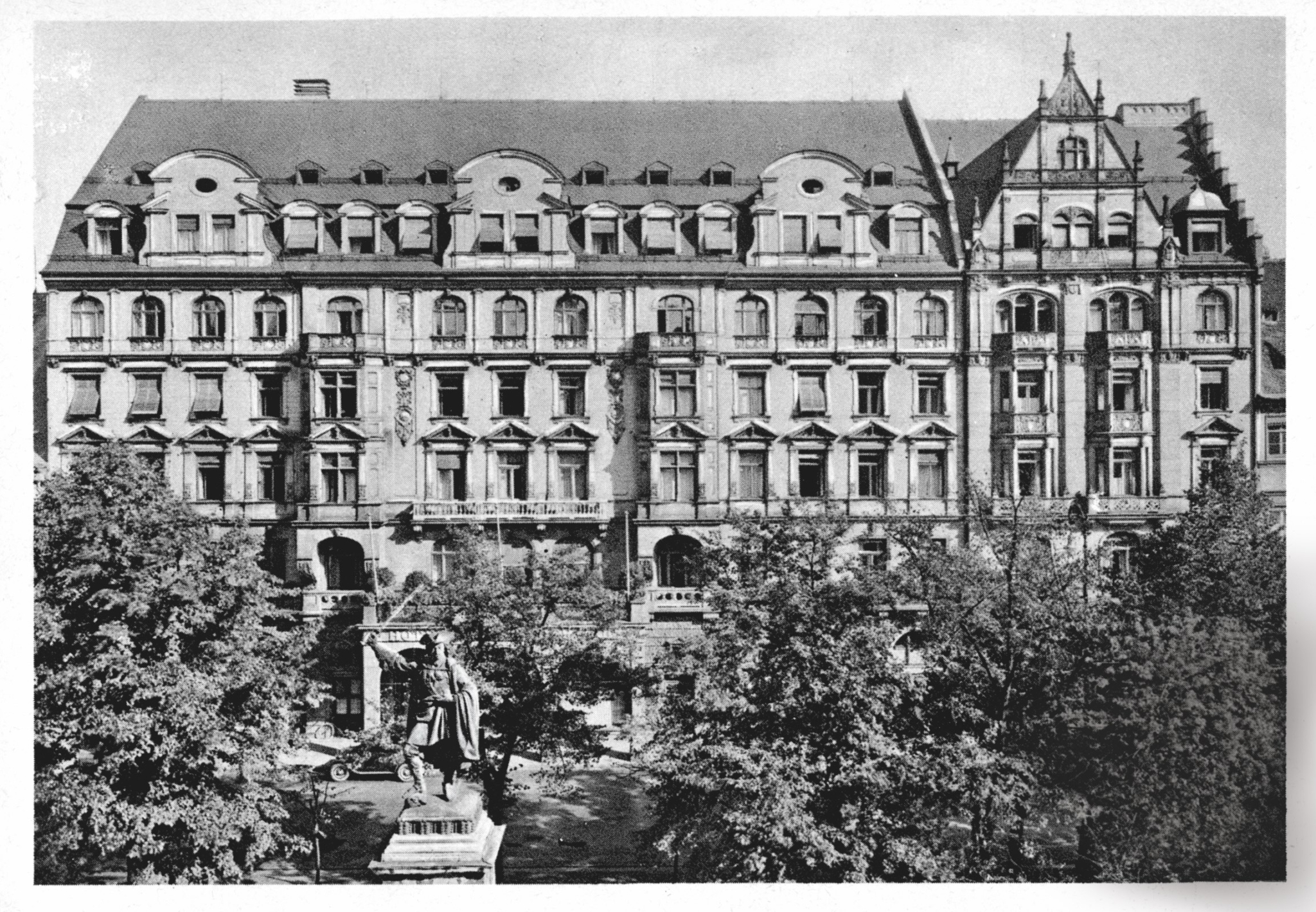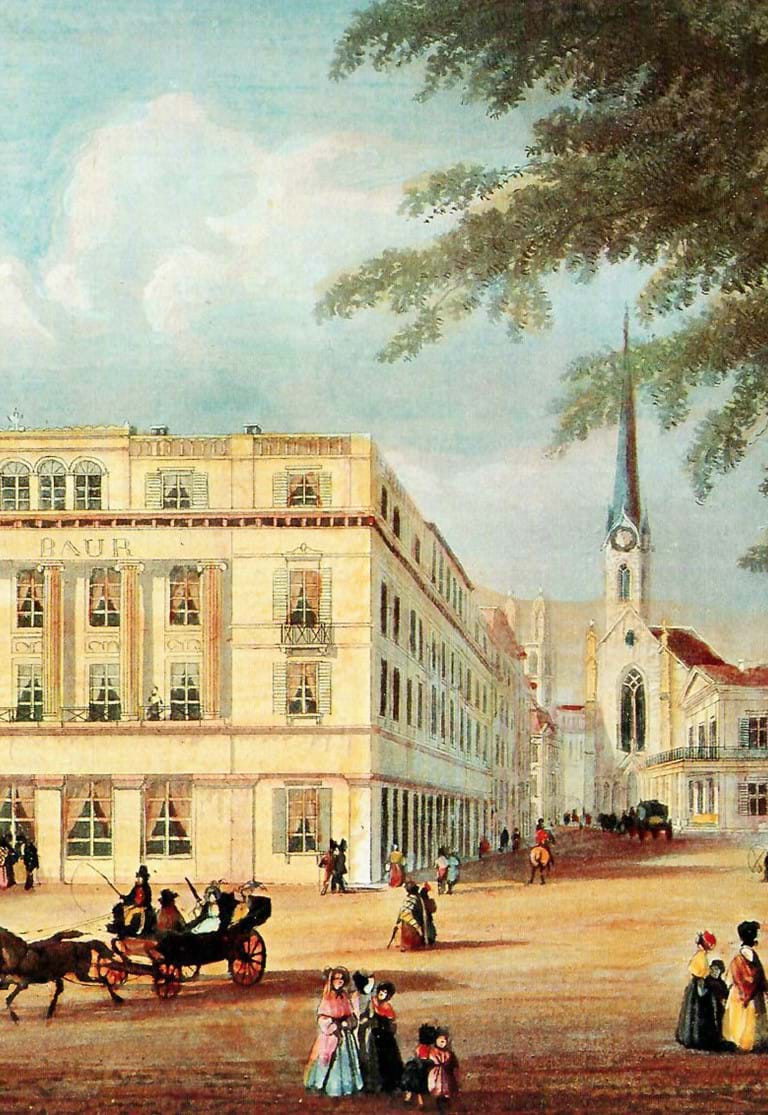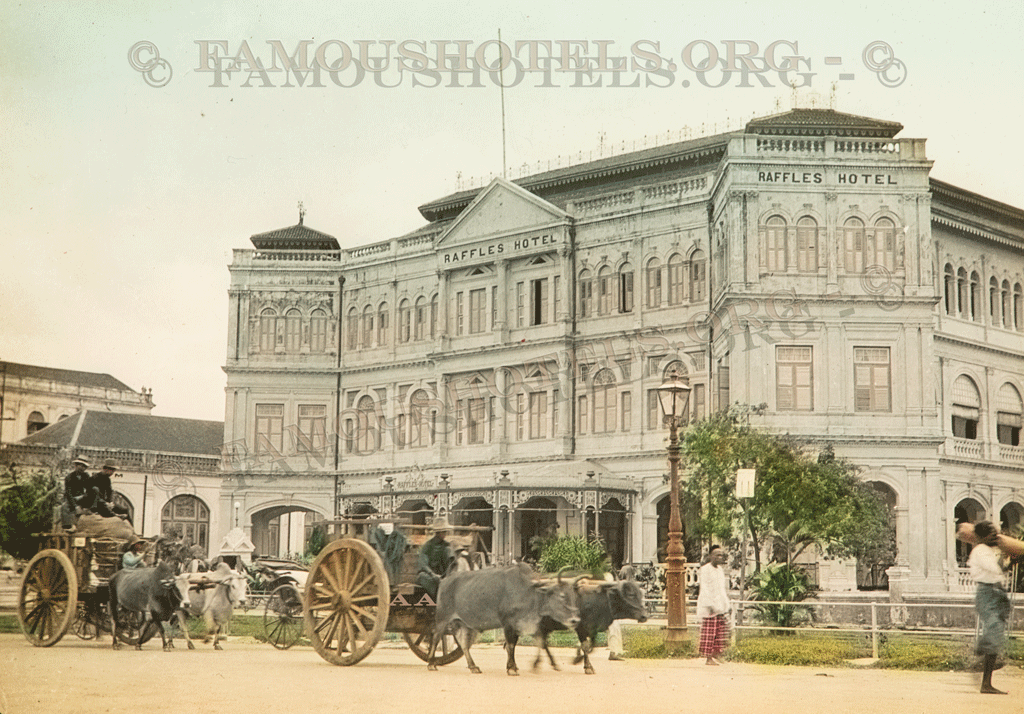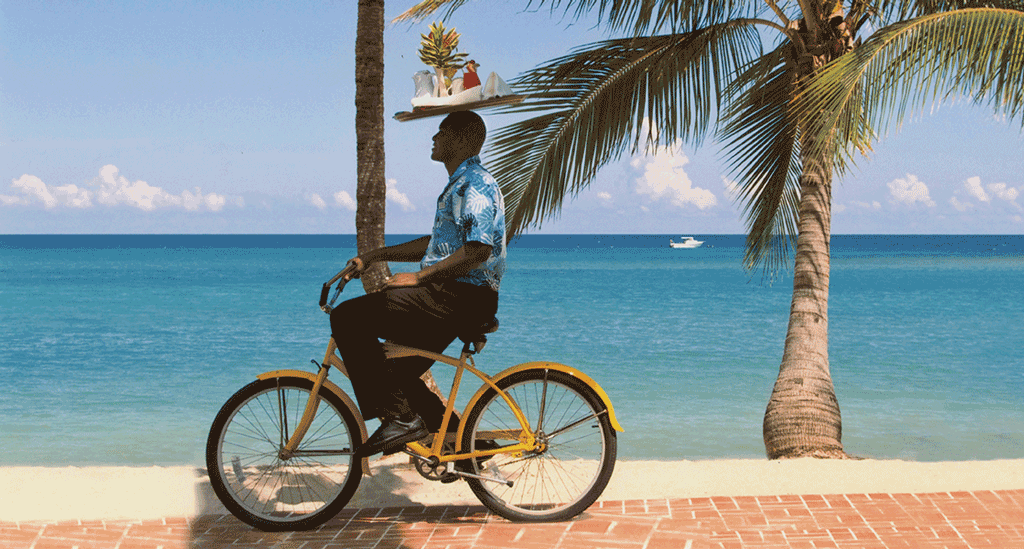Jean Siblius: Hotel Kämp, Helsinki
( words)

From the book Hotel Kämp:
... There sat the young, talented painter Axel Gallén (1865–1931) as well as his closest friends at the time, conductor and composer Robert Kajanus (1856–1933) and composer Jean ‘Janne’ Sibelius (1865–1957, left). Kajanus worked as the conductor of the Helsinki Orchestra, which he founded in 1882. Sibelius was Gallén’s spiritual soul mate: they both struggled – each of them in his own art – for the same ideals of creation and issues based on the artistic expression in the national movement Kalevala.
The Symposium’s most intensive period of activity lasted from autumn 1892 until 1895. The circle of Young Finns, whose evenings at the restaurant were so committed to the evolution of national culture, also had a touch of flippancy and romance.
Sibelius described the times at Kämp: ‘our sessions were extremely yielding. You did not have to taste the provisions of Bacchus too much, staying together was enough to give a meaning and colour to our conversations. You would set your imagination free, let your thoughts play. The waves of our conversations rose sky-high. We reflected on everything from earth to heaven, ideas sparkled, problems got inflamed, but always in a positive, liberating spirit. We had the need of ploughing the earth for new ideas in every branch. Those evenings with Symposium gave me a lot at a time when I would have been more or less alone.’

This is a sketch for the third painting, ‘Symposium’ (1894) or ‘Problem’ (as it was first called) with Merikanto, Kajanus and Sibelius. On the left, there is the painter Gallén himself. In the final work the attention of the men is attracted by a winged apparition on the left. The atmosphere is tense, full of suspense, unreal. The painting opens up towards a blue sky, which can be interpreted as symbolizing free thoughts and deep visions.
![]()
At some point between 1896 and 1900, Gallén cut off the left side of it. There was the realistic picture of a female figure with the skin of her naked body peeled off, sitting on the table in front of the men. The figure had evoked indignation and horror among the contemporary public.
Countess Eva Mannerheim Sparre, herself an artist and member of the circle, closely connected to the others due to her family relationships and her husband, Swedish painter Count Louis Sparre, described the evenings as follows: ‘Kämp was where the artists and intelligentsia would usually meet in the evenings... They would keep talking on and on, late into the night and stay together sometimes several days in a row. Magic, philosophy, the Sar-Peladan Rose-Croix-movement, symbolism and liqueur gave wings to their imagination. They were frank, self-esteemed, and outspoken about expressing both the admiration they felt towards one another and their deep indignation towards those who did not think the way they did.’
Music played a central part in the cultural movement of the Young Finns. In April 1892, the première of Kullervo, a symphony composed by Sibelius, inspired nationalistic sentiments in the hearts of the audience. Together with Kajanus and Armas Järnefelt, Sibelius was one of the central figures in the Symposium. After concerts the men often met at the separées at Kämp’s Lower House for solid conversation, Swedish punch, Benedictine liqueur and cigars, accompanied by musical improvisations by one of the maestri musici present.
One day in 1903 Sigurd Wettenhovi-Aspan, himself an impulsive artist had run into the composer on the street. He was developing a bad influenza. The gentlemen decided to get six one-gram boxes of quinine powder at the main pharmacy and managed to navigate into the piano cabinet on the banquet floor of Kämp with the quinine powder wrapped up under their arms. The evening was supposed to be alcohol free; they only had soda water, and the composer took his drink with quinine. They had to get rid of the flue and ordered some oysters. Those were flushed down with some soda with a few drops of lemon juice and sugar in it to make do for wine. The maestro got deep in his thoughts reminiscing his youth, starting to tap the table with the tips of his fingers to the rhythm of a waltz. Five grams of quinine kept buzzing in his ears. According to Wettenhovi-Aspa, the maestro moved to the piano and started to play softly: ‘I lay down on the sofa with my eyes closed. This was the first time I heard a waltz of death – a waltz that has been played all over the world named ‘Valse triste’. Later that evening at home, Sibelius wrote the waltz down. In December 1903 a play called ‘Kuolema’ (meaning Death) had its première at the Finnish National Theatre with ‘Valse Triste’ as part of its music.
Sometimes Sibelius would sit at Kämp or König’s Biertunnel days in, days out, stating that he was ‘in the middle of an interesting conversation’. One of his notes ended with a promise: ‘I will be back little by little’. Unfortunately we can assume that his wife Aino Sibelius (née Järnefelt) did not share her husband’s fond memories of the Kämp. Friends kept repeating that Sibelius should move out of town, far away from its temptations and in 1904 Sibelius’ family left Helsinki for the surroundings of Tuusulanjärvi.
![]()
Hotel Kämp is a Select Member of THE MOST FAMOUS HOTELS IN THE WORLD.
The book HOTEL KÄMP HELSINK, by Prof. Laura Kolbe and Andreas Augustin can be bought at the hotel or over this website.

